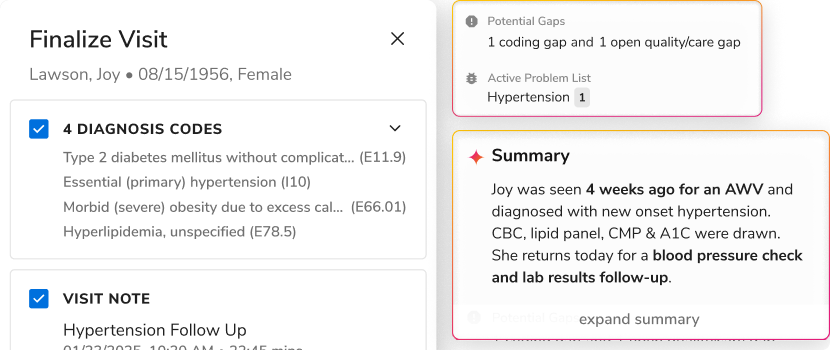Advancing a Data Integration Strategy: Overcoming Long-Standing Challenges to Realize Meaningful Change in Care Management
Value-based contracts have served as the catalyst for improving data exchange. According to a recent Innovaccer survey, around 80% of respondents have at least piloted a value-based care program or taken more definitive steps toward rollout. As more payers and providers enter into these contracts, addressing data integration challenges becomes very important.


Value-based contracts have served as the catalyst for improving data exchange. According to a recent Innovaccer survey, around 80% of respondents have at least piloted a value-based care program or taken more definitive steps toward rollout. As more payers and providers enter into these contracts, addressing data integration challenges becomes very important.Payers and providers often fail to use all available data when making care management decisions that are aimed at improving outcomes and quality and reducing costs. The sheer volume of the data makes it difficult to organize, normalize, and analyze it in a way that leads to strategic calls to action. Subpar data sharing and integration between payers and providers adds to the challenge.The complex process of data integration requires patience, commitment, and out-of-the-box thinking to make improvements in this area. So, if data integration is so difficult, why give it a try?This white paper explores how data integration can help ease certain challenges and improve decision-making around care management. It discusses the need to explore and implement enabling technologies—such as a data lake house—and how accessing, integrating, and effectively using data can improve care cost and quality.
Read this Whitepaper to learn about: :
What’s holding payers and providers back from sharing data effectively
Why it’s important to establish your data integration strategy
How a data lake can enable real-time decisions with data governance
The key tactics for payers working to advance a data integration strategy

.png)





.png)




.svg)
.svg)